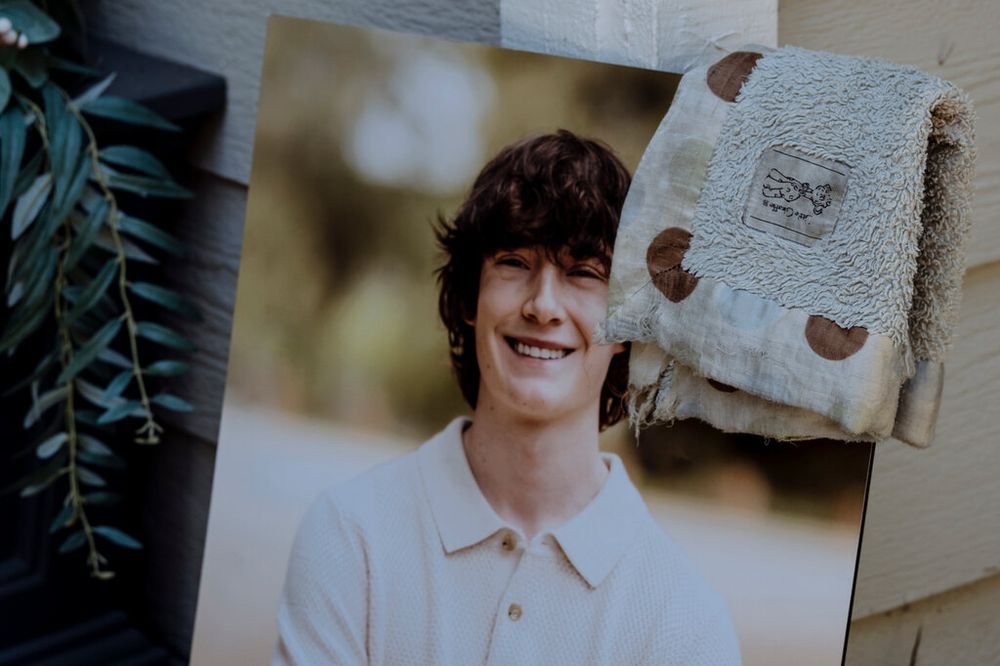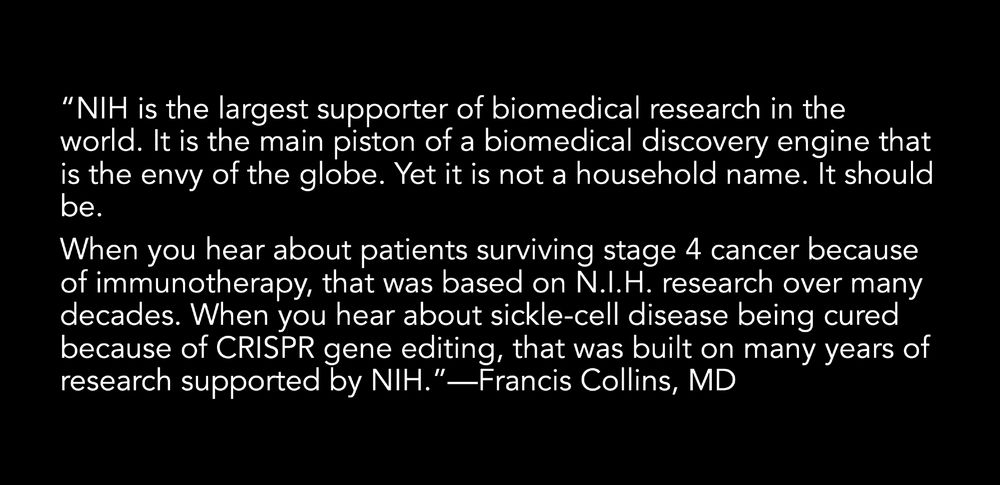Congratulations to my student, Maggie Ma, for publishing her first #rstats package {ggincerta} on CRAN 🥳
Spatial uncertainty visualisation (bivariate, pixel, exceedance, glyph), like {Vizumap}, but fully integrated with ggplot2 -- a much simpler API with all the advantages of the ggplot2 system.
16.11.2025 04:50 — 👍 70 🔁 12 💬 1 📌 0

the galaxias hex logo showing a fun-coloured illustration of a green galaxias fish. The head, gills and fin in the centre with light green on the underside, green lips and wavy shades of green on its back, with blue and orange markings by its eye and gills. The background is light orangey-salmony colour in a sunburst style
🚨Our new package {galaxias} is released in R & Python today! 🚨
📦 galaxias makes it easy to standardise data to Darwin Core, the accepted format for sharing ecological data with infrastructures like @gbif.org and the Atlas of Living Australia
galaxias.ala.org.au
#rstats #python 🧪🌏🐟
A thread 🧵👇
23.10.2025 02:41 — 👍 56 🔁 18 💬 2 📌 4

Plots indicating trends in sampling over time by number of specimens, number of unique species, and number of spatial grids (1 degree lat/long) represented globally
Left column = Chordata; middle column = Plantae; right column = Arthropoda. Top row = number of specimens per year; middle row = number of unique species per year; bottom row = spatial extent based on the number of 1-degree grid cells with specimens observed per year. Blue, green and red lines indicate LOESS (locally estimated scatterplot smoothing) curves for specimen counts by collection year for Chordata, Plantae and Arthropoda, respectively.
Patterns of decline vary across taxa and regions - biggest declines seen for plants and vertebrates, with insects showing more recent peak and decline
21.10.2025 05:33 — 👍 3 🔁 0 💬 0 📌 0

This heatmap displays the change in the mean annual count of specimens collected between 2010 and 2019 compared to the reference period of 1970–2009, in 1-degree latitude-longitude grids, across all three taxonomic groups combined (Chordata, Plantae and Arthropoda).
Substantial patterns of decline are seen, particularly apparent across areas with historically high levels of collecting across Australia, North America, Western Europe
We're collecting less than half as many biodiversity specimens as in the 1960s-1980s, at a time when they're more important than ever for climate & ecology science. Natural history collections provide crucial data that no other source can match. Our new paper in Nature Comms: doi.org/10.1038/s414...
21.10.2025 05:23 — 👍 9 🔁 4 💬 1 📌 0
Pluralistic: The real (economic) AI apocalypse is nigh (27 Sep 2025) – Pluralistic: Daily links from Cory Doctorow
From Cory Doctorow: "AI is the asbestos we are shoveling into the walls of our society and our descendants will be digging it out for generations" damn I wish I had written that line
pluralistic.net/2025/09/27/e...
29.09.2025 22:11 — 👍 120 🔁 28 💬 1 📌 2

An adapted version of the current HiTOP model, including 'psychosis' and 'emotional dysfunction' superspectra and omitting the homogeneous symptom component/maladaptive traits lists
Look no further for an *excellent* overview of HiTOP! This chapter for the upcoming Oxford Handbook of Dimensional Models in Psychopathology does a fantastic job of pulling everything together.
Tam Pham is an absolute superstar and I feel very lucky to work with her ✨
osf.io/preprints/ps...
29.09.2025 09:37 — 👍 41 🔁 12 💬 0 📌 1

Abstract: Under the banner of progress, products have been uncritically adopted or
even imposed on users — in past centuries with tobacco and combustion engines, and in
the 21st with social media. For these collective blunders, we now regret our involvement or
apathy as scientists, and society struggles to put the genie back in the bottle. Currently, we
are similarly entangled with artificial intelligence (AI) technology. For example, software updates are rolled out seamlessly and non-consensually, Microsoft Office is bundled with chatbots, and we, our students, and our employers have had no say, as it is not
considered a valid position to reject AI technologies in our teaching and research. This
is why in June 2025, we co-authored an Open Letter calling on our employers to reverse
and rethink their stance on uncritically adopting AI technologies. In this position piece,
we expound on why universities must take their role seriously toa) counter the technology
industry’s marketing, hype, and harm; and to b) safeguard higher education, critical
thinking, expertise, academic freedom, and scientific integrity. We include pointers to
relevant work to further inform our colleagues.

Figure 1. A cartoon set theoretic view on various terms (see Table 1) used when discussing the superset AI
(black outline, hatched background): LLMs are in orange; ANNs are in magenta; generative models are
in blue; and finally, chatbots are in green. Where these intersect, the colours reflect that, e.g. generative adversarial network (GAN) and Boltzmann machine (BM) models are in the purple subset because they are
both generative and ANNs. In the case of proprietary closed source models, e.g. OpenAI’s ChatGPT and
Apple’s Siri, we cannot verify their implementation and so academics can only make educated guesses (cf.
Dingemanse 2025). Undefined terms used above: BERT (Devlin et al. 2019); AlexNet (Krizhevsky et al.
2017); A.L.I.C.E. (Wallace 2009); ELIZA (Weizenbaum 1966); Jabberwacky (Twist 2003); linear discriminant analysis (LDA); quadratic discriminant analysis (QDA).

Table 1. Below some of the typical terminological disarray is untangled. Importantly, none of these terms
are orthogonal nor do they exclusively pick out the types of products we may wish to critique or proscribe.

Protecting the Ecosystem of Human Knowledge: Five Principles
Finally! 🤩 Our position piece: Against the Uncritical Adoption of 'AI' Technologies in Academia:
doi.org/10.5281/zeno...
We unpick the tech industry’s marketing, hype, & harm; and we argue for safeguarding higher education, critical
thinking, expertise, academic freedom, & scientific integrity.
1/n
06.09.2025 08:13 — 👍 3355 🔁 1712 💬 102 📌 308


Happy National Wattle Day! 💛💚
Did you know Australia is home to nearly 1,000 species of wattle?
From Golden Wattle, our national floral emblem (Acacia pycnantha), to the rare pink-purple blooms of Acacia purpureopetala, wattles are as diverse as the landscapes they grow in.
#NationalWattleDay
01.09.2025 06:33 — 👍 53 🔁 16 💬 2 📌 2
29.08.2025 01:42 — 👍 53 🔁 9 💬 2 📌 1

Designing AI tools that support critical thinking - Vaughn Tan
Current AI interfaces lull us into thinking we’re talking to something that can make meaningful judgments about what’s valuable. We’re not — we’re
Current AI UX tricks us into thinking we're talking to something that can make value judgments. We're not. So I tested a prototype UX for an AI that helps users learn to think critically. Students went from vague to sharp arguments in 2hrs.
More here: vaughntan.org/aiux
20.08.2025 14:46 — 👍 2 🔁 1 💬 0 📌 0

A Teen Was Suicidal. ChatGPT Was the Friend He Confided In.
Adam Raine, 16, died from suicide in April after months on ChatGPT discussing plans to end his life. His parents have filed the first known case against OpenAI for wrongful death.
Overwhelming at times to work on this story, but here it is. My latest on AI chatbots: www.nytimes.com/2025/08/26/t...
26.08.2025 13:01 — 👍 4638 🔁 1737 💬 113 📌 577

AI Eroded Doctors’ Ability to Spot Cancer Within Months in Study
Artificial intelligence, touted for its potential to transform medicine, led to some doctors losing skills after just a few months in a new study.
“The AI in the study probably prompted doctors to become over-reliant on its recommendations, ‘leading to clinicians becoming less motivated, less focused, and less responsible when making cognitive decisions without AI assistance,’ the scientists said in the paper.”
12.08.2025 23:41 — 👍 5255 🔁 2581 💬 115 📌 539
Grateful for the opportunity to collaborate with Pete Thrall, Andrew Young and Cheng Soon Ong @ml4x.bsky.social on this work
04.08.2025 01:54 — 👍 1 🔁 0 💬 0 📌 0

Data-driven research prioritisation example—sampling design for the bare-nosed wombat (Vombatus ursinus) in New South Wales, Australia, based on observation and specimen data from GBIF. (A) Value of Information (VOI) map showing expected information gain from additional sampling (darker blue = higher gain), calculated using a binomial model of annual observations in each 50 km grid, with expected information gain calculated using Kullback–Leibler divergence between current and updated probability distributions after simulated sampling. (B) Need for Information (NFI) map based on habitat loss percentiles (darker green = greater habitat loss), derived from the Habitat Condition Assessment System. (C) Cost of Information (COI) map using the Australian Bureau of Statistics' remoteness classification system (darker purple = metropolitan areas with higher accessibility and lower expected sampling costs). (D) Consensus diagram—VOI-NFI quadrant analysis revealing priority sampling locations (upper right quadrant) where both information value and ecological need are high. In Panel A, grid cells (50 km) with insufficient data appear in grey (fewer than 2 total observations per grid). See Data S1 for details on methodology, data sources, and implementation.
Our new Ecology Letters paper shows how natural history collections can use Bayesian decision theory & VOI to transform sampling and resourcing. Moving beyond taxonomy-focused collecting to strategic approaches, maximising impact for climate science, genomics & conservation
doi.org/10.1111/ele.70188
04.08.2025 01:53 — 👍 6 🔁 3 💬 1 📌 0

The In-Between
Cooper is lost. Ever since his father left their family…
"The In-Between"? www.goodreads.com/book/show/53...
from this thread old.reddit.com/r/whatsthatb... and here old.reddit.com/r/whatsthatb...
21.07.2025 04:52 — 👍 3 🔁 0 💬 2 📌 1
Calling all stats nerds to the heart of Australia to discuss all things #Biometrics! 🐨 at the upcoming Biometrics in the Bush Capital meeting #BIB25
⚡ Abstract submission has been extended!
We'll see you there!
16.07.2025 03:42 — 👍 8 🔁 2 💬 0 📌 0
1/ NEW R PACKAGE! For estimating the impact of potential interventions on multiple mediators in countering exposure effects (led by @cttc101.bsky.social)
- Paper👉 tinyurl.com/ye26jsps
- Package👉 tinyurl.com/yuh4kens
Thread shows published examples of how the method can be used! #EpiSky #CausalSky
10.07.2025 01:30 — 👍 29 🔁 11 💬 1 📌 2

a black and white photo of a woman in a plaid shirt with the words `` wake up # flawless '' .
Alt: Beyoncé dances in a plaid shirt with the words `` wake up # flawless '' .
Introducing {flawless} - a nested framework for analysing functional time series. Versatile insights for functional data across research domains, including neuroscience & mental health.
pubmed.ncbi.nlm.nih.gov/40577684/
Super stoked to share our new paper and matching Beyoncé gif 😅🎉💃 #flawless
30.06.2025 04:48 — 👍 1 🔁 0 💬 0 📌 0
people are not built for having an evil genie whispering in their ear about how amazing and perfect they are and confirming every bias they ever had, to say nothing of the constant vigilance for lies and misinformation
15.06.2025 22:53 — 👍 846 🔁 224 💬 13 📌 14
Hi #rstats friends!
I'm starting consulting! I've had a great journey in academia working with brilliant people, and while it's bittersweet (and a bit scary!), I'm excited for this next step. I'll still be maintaining {greta} and am hoping to be even more involved with the R community.
1/n
20.03.2025 00:35 — 👍 98 🔁 23 💬 5 📌 1
Centers for Disease Control and Prevention
🚨 Public health data disappeared. We’re restoring it. 🚨
RestoredCDC.org preserves unaltered CDC content after key pages were removed or changed without notice.
Public data belongs to all of us. 🔗 RestoredCDC.org
#PublicHealth #ScienceTransparency #RestoredCDC
03.03.2025 13:40 — 👍 1239 🔁 567 💬 35 📌 28

Francis Collins, the NIH Director for 12 years, led the Human Genome Project and other NIH efforts for 32 years, resigned today. Key words from his resignation letter
www.nytimes.com/2025/03/01/u...
01.03.2025 18:07 — 👍 3153 🔁 1394 💬 62 📌 95

Firing workers from US weather and oceans agency risks lives and the economy, former agency heads warn
NOAA's 301 billion weather forecasts every year reach 96% of American households.
It’s not just the USA at risk.
Australia, and many other countries, rely heavily on NOAA’s satellites for weather monitoring and forecasting, tracking cyclones, and measuring climate change.
www.pbs.org/newshour/nat...
01.03.2025 06:39 — 👍 292 🔁 65 💬 4 📌 5
Google has removed its Responsible AI Principles.
This is actually a pretty big deal.
04.02.2025 19:29 — 👍 266 🔁 125 💬 10 📌 12
Only my views but for full transparency, work is EiC Medical Journal of Australia, open science,co-chair DORA. Adjunct Prof, QUT. Not work: environment, running, would be singer and gardener Living on unceded Turrbal and Yuggera land in Meanjin/Brisbane
Enabling the Australian research community and industry access to nationally significant digital research infrastructure, platforms, skills and data collections. Enabled by #NCRIS. Visit https://ardc.edu.au/
neuroscience phd candidate at uw | bugs 🪰🔬🇵🇸
personal site:
jesmjones.github.io
Cozy random passages from Arnold Lobel's Frog and Toad books. Posts auto-delete.
Quantitative ecologist at UCLA EEB. clsong.com
Ecologist/ornithologist/naturalist. Not necessarily in that order.
🌿🦜She/Her🪲🗺️
Researcher in urban ecology & conservation.
Follow for map mumblings, urban nature-based solutions & natural history nerdery.
Check the alt text!
📍Whadjuk Noongar Country, WA
We rate DAGs.
(If you were hoping for dogs, try here: @weratedogs.com)
Executive Director of CODATA, the Committee on Data of the International Science Council https://www.codata.org
Psychologist | PhD researcher in psycho-neuro-endocrinology of women's mental health
@neuromadlab.bsky.social | @irtg2804.bsky.social
@unituebingen.bsky.social | affiliated @Uppsala University
www.aurin.org.au
We are Australia's national digital research infrastructure supporting urban spatial academic, government, and industry researchers with hard-to-do-analysis and hard-to-get urban data. | #NCRIS enabled
Data-tragic, software-convert, home-gardener, bike-commuter, BodyPump-addict, urban-greenie, lapsed-cellist. Currently Director of International Strategy for the Australian Research Data Commons. Previously @atreloar on Twitter.
Just your friendly neighborhood wildlife scientist on a mission to save nature in cities.
🍃Presenter, writer, and insufferable noticer of nature
🍃Expert in biodiversity conservation + urban ecology
🍃Occasionally witty
Rivers, wetlands, coasts, fish: Australia, Africa, Denmark. Uni of Newcastle. Adjunct at Uni of Botswana, & Bahir Dar Uni, Ethiopia. #otoliths, #BlueNile, #OkavangoDelta, #SciOnCountry
Some video creativity at https://www.youtube.com/@unravellingfish5954
Co-founder & CSO @ArcadiaScience. Head of Open Science @AsteraInstitute. Immigrant. she/her
Still post frequently on X (@PracheeAC)
Independent, reader supported investigative reporting from Chicago on policing and state violence. Occasionally: hate movements and conspiracism.
Support us: unraveledpress.com/support-unraveled/
📧 info@unraveledpress.com
📱 Signal: unraveled.66
Unfiltered news. Bold opinions. A new media organization from @mehdirhasan.bsky.social
https://zeteo.com
discontent creator
https://pivot-to-ai.com
davidgerard.co.uk
rocknerd.co.uk
🐘 https://circumstances.run/@davidgerard
books!
https://davidgerard.co.uk/blockchain/book/
https://davidgerard.co.uk/blockchain/libra/
London
he/him
Слава Україна
Political economy of climate & other stuff
Monthly essays: https://www.phenomenalworld.org/series/the-polycrisis/
Weekly Dispatch: https://buttondown.com/polycrisisdispatch/archive/
understander of things climate-related, and some other things
@thepolycrisis.bsky.social


























